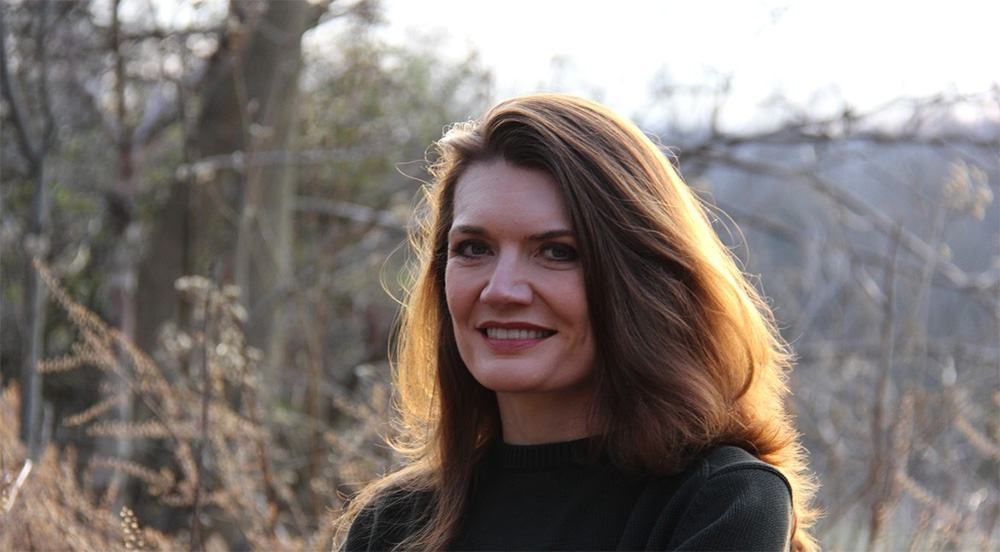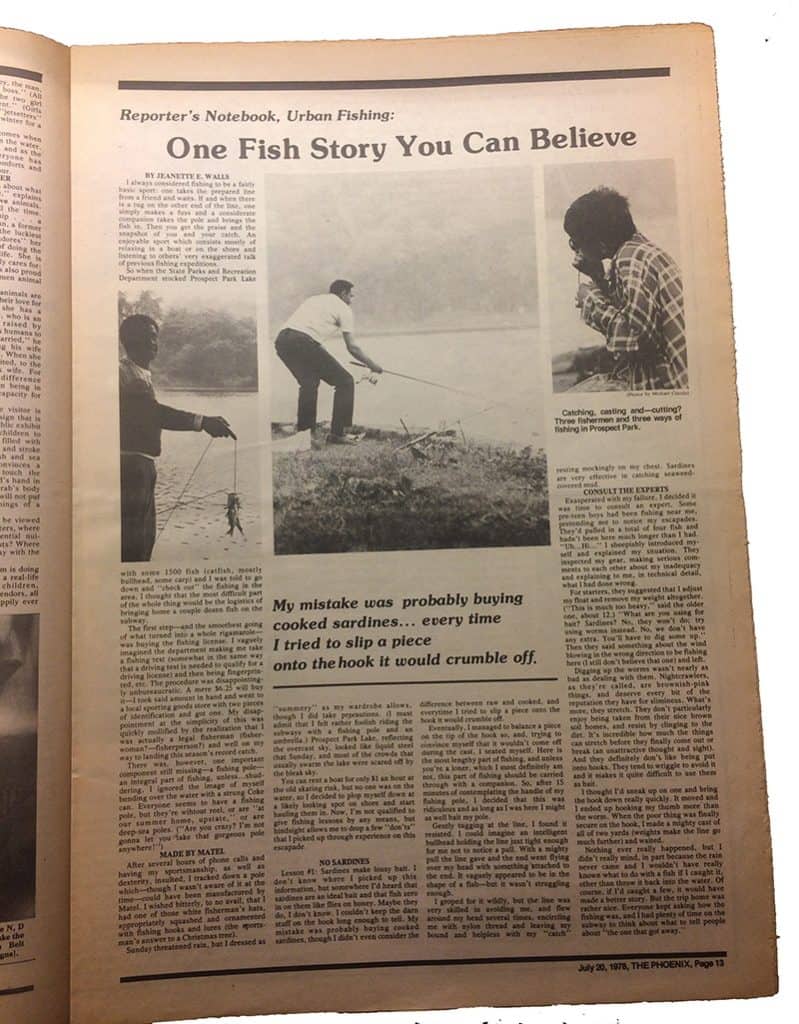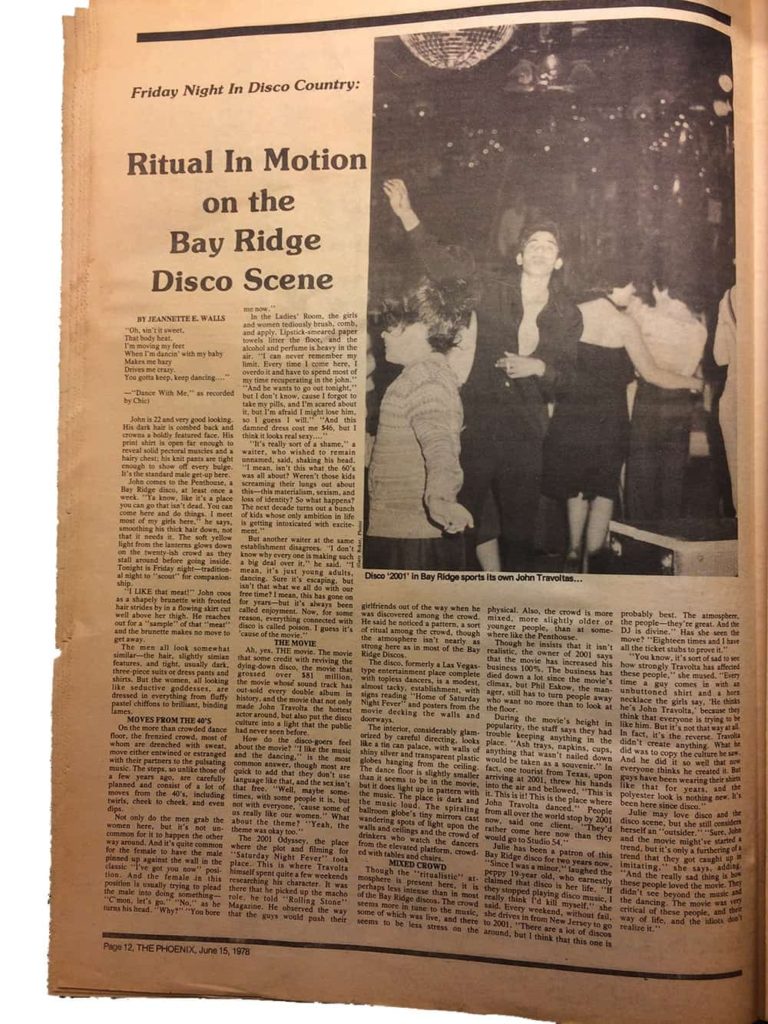
“I’d never been happier in my life. I worked ninety-hour weeks, my telephone rang constantly, I was always hurrying off to interviews and checking the ten-dollar Rolex I’d bought on the street to make sure I wasn’t running late, rushing back to file my copy, and staying up until four a.m. to set type when the typesetter quit. And I was bringing home $125 a week. If the check cleared.”
— Jeannette Walls in The Glass Castle, remembering her job at The Phoenix newspaper
Jeannette Walls’ best-selling memoir from 2005, The Glass Castle, documents her vibrant, chaotic childhood through page-turning adventures. As her family wanders from Arizona to Appalachia, it’s clear that Walls’ eccentric parents are more concerned with self-fulfillment than child-rearing. With little oversight, Walls and her three siblings are left to their own creative devices and practically raise themselves.
A film adaptation of The Glass Castle hits theaters August 11 with a star-studded cast: Brie Larson plays Walls, along with Naomi Watts and Woody Harrelson as her parents.
It just so happens that Walls’ first serious writing job began in 1978 in Brooklyn. She was a high school intern, and later reporter, at the Brooklyn Phoenix, a weekly community newspaper that covered downtown Brooklyn, including Red Hook and Carroll Gardens. She left such an impression that she is still fondly remembered by her former Phoenix colleagues — including the founder of the paper you’re currently reading.
The Star-Revue caught up with a few of Walls’ Phoenix acquaintances who remembered the tall, confident redhead who blazed her way through Brooklyn, on her way to becoming a best selling author, with her memoir soon to be up on the silver screen.
City-As-School intern
After following her older sister out of West Virginia to New York City, Walls was barely 18 years old when she started at The Phoenix. She was placed at the paper through an alternative public school, City-As-School, that offers students education through internships instead of traditional classrooms.
“In those years I don’t think we ever hired anybody with journalism training,” said Mike Armstrong, who founded The Phoenix in 1972. He and his wife, Dnynia Armstrong, caught up with the Star-Revue over breakfast at Junior’s in July.
Interns were put to work on the events calendar, the police blotter, and covering meetings that the more senior reporters turned down. After her internship ended, she was hired as a full fledged reporter.
Walls pulled long hours, but “everybody had to,” said Mrs. Armstrong, Mike’s wife and former co-owner of The Phoenix.
“She didn’t think she was attractive, even though she was extremely attractive,” remembered Mrs. Armstrong.“I would use the word ‘gracious.’”
“She was tall…I don’t even think she knew she was tall. I conned her into doing a photoshoot once, a fashion shoot, down in the Navy Yard…She couldn’t imagine why we picked her.”
George Fiala was the general manager of the Villager, also owned by Armstrong, and would come to Brooklyn once a week on production day, where he met Walls.
“I lived in the East Village back then, and my roommate managed an ice cream store on Montague Street,” recalled Fiala. “One day he’s telling me that he hired a young kid who shared his passion for poker, but whose real passion was to become a cop. Turns out he hired Jeannette’s brother, Brian.”
Irene Van Slyke was a community activist before she served as The Phoenix’s Community Forum editor. Van Slyke still has bold impressions of the scrappy reporter.
“We were all sort of amazed at her because she was so young and she was all by herself, and then we learned that she was taking care of her brother, too,” Van Slyke said over a phone call.
“I really thought it was amazing to come out of [her childhood] and be basically normal, because you know you read sometimes about people’s childhoods and how it messes up their minds, but it didn’t mess up her mind at all,” said Van Slyke with admiration. “It made her better. She became self-reliant.”
She kept in touch with Walls for a while, hearing snippets about Walls’ jobs as a gossip columnist at New York Magazine and MSNBC. Eventually, the two fell out of touch. “Maybe because she was writing her book,” reasoned Van Slyke.
Van Slyke only remembered one competitive reporter during her time at the paper, but says “that was not the culture at The Phoenix.” Walls was drama-free, according to Van Slyke, and the type of reporter who easily saw potential in stories that others would turn down.
 Blast from the past, preserved in paper
Blast from the past, preserved in paper
The Phoenix was published every week from 1972 – 1998. The archives are now preserved at the Brooklyn College library.
The original papers, over a foot tall, are now brittle and beiged with age. The name Jeannette E. Walls first appears in the April 6, 1978 issue, listed as an editorial assistant in the masthead. At that time The Phoenix was housed at 155 Atlantic Ave. Now it’s Brado’s Thin Crust Pizza.
Walls’ first clip from that April issue features a Brooklyn artist, Carol Hamman, returning home to start a studio in Brooklyn after a more glamorous job in television. The article marks what might be the future gossip columnist’s first professional experience profiling someone for print.
Later that month, Walls writes a light-hearted service journalism piece, “Spring: Fashion, fitness, gardening…and kites!” about where to buy a kite, how to make one, and biking the borough. It made the front page of the paper’s Downtown section, which highlighted the borough’s cultural happenings.
Even though Walls’ early pieces for The Phoenix read a bit rambling, her writing gets to the human heart of each story. Reading chronologically through months of her coverage, Walls’ sentences become more precise as she develops a clearer, more confident voice.
Her subjects are eclectic; Walls writes about dollhouse and miniatures merchants, a local dance theater troupe, neighborhood celebrations, art exhibit roundups, churches, Brooklyn’s brownstone movement, and beyond. She also pens some service journalism pieces, from how to make that kite to last minute stocking stuffers a week before Christmas. No assignment seems too obscure for the journalist who is avidly training on the job.
In a May 1978 article called “A Sunny Saturday Stroll Through Carroll Gardens,” she subtly divulges her outsider status:
Having been brought up in what is commonly known as an “all American town” I can never quite get used to some of Brooklyn’s features. One of them is the strong ethnic influences. Every time I see a kid speaking a language other than English I remember my three years of torture in Spanish class and think of the kid as some kind of prodigy or something. Some neighborhoods are still experiences in ethnic exchange for me. One such area neighborhood is Carroll Gardens.
Walls continues to observe Carroll Gardens’ tightly knit community where most people know each other. “An outsider, though not entirely shunned, is automatically out of place,” writes the New York newcomer.
She also takes a stab at sports. For a write-up of a college baseball game, her focus rests more on the players, not the logistics of the game. Walls’ comedic voice shines through most on experiential pieces, where she entices readers with vivid first person accounts.
In “One Fish Story You Can Believe” from July 1978, the State Parks and Recreation Department has just stocked Prospect Park Lake with 1,500 fish and Walls is assigned to “check out” the fishing. First she has to get a fishing license, which proves fairly easy. (“The procedure was disappointingly bureaucratic.”) The humorous article reads as a series of awkward attempts to fit in as a casual angler: “I must admit that I felt rather foolish riding the subway with a fishing pole and an umbrella.”
In another article from that same summer, Walls chronicles a three-hour voyage aboard the Pioneer, a large 19th century sailing ship. She received the unique invitation along with other members of the press.
And what a crew we must have made. Everyone adjusting cameras, smoothing hair in the blowing wind, and one trying to stay balanced on her high heels and keep her fur coat from getting wet by the spray that shot up from the waves as they broke against the ship’s hull. But the majority of the passengers had come prepared and blended in nicely with the crew.

There’s that eye for human detail again.
For her poignant piece “The School Prom is a Celebration of Graduation – and Maturity,” the reporter astutely observes subjects of her own age:
Some of the boys, nature having played a practical joke by making them mature after girls, don’t really seem to know what to make of the situation. Most of them know how to dress – they’ve seen their brothers doing it enough – but the majority of them look a little ill at ease. It was a formal event – no jeans, though the guys agreed they wouldn’t have worn them anyway.
Then a daily newspaper strike jolts New York City. The August 15, 1978 issue marks a business experiment for the community paper – The Phoenix starts publishing more frequently . (In a bold expansion of coverage, a foreign news section called “world briefs” is added.) Perhaps holding the paper’s ambition in check, the cover for August 22’s edition reads “Now, twice a week!”
The August 29, 1978 issue marks the first time Walls is listed as a reporter, alongside Peter Haley.
Haley, the resident politics reporter, remembered the office as a “very loose” place to work. “There wasn’t any office hierarchy,” said Haley over a phone interview.
Walls remembers the office culture on scrappier terms in her memoir. “We never had copy paper and instead wrote on discarded press releases we dug out of the trash. At least once a month, someone’s paycheck bounced,” she writes. “Reporters were always quitting in disgust.”
Haley was around 28 years old at the time Walls joined the paper. Haley remembers the teenage intern-turned-journalist as sweet, without any “hard edges” to her.
Balanced
“She came across very poised, especially for someone 18,” recalled Haley, who now lives in Bay Ridge. “She seemed to be a very balanced person – if anything I’d think she’d had a great home life.”
They didn’t collaborate on stories, but he remembers reading an article Walls did on Central Brooklyn Independent Democrats; the political journalist complimented her “pretty credible job” for someone of her age.
Haley and Walls kept in touch some during her time at New York Magazine, and they’d occasionally bump into each other in Connecticut over Thanksgivings. He hasn’t read Walls’ memoir yet, but plans to see her story on the big screen.

Walls hits her stride with disco
Mr. Armstrong and Van Slyke both remembered Walls’ article “Ritual in Motion on the Bay Ridge Disco Scene.” It was Walls’ first page one story.
“Saturday Night Fever had been out for a year at that point — and we were talking about someone going and she said I’ll do it,” said Mr. Armstrong. “You know, she had the look and she had the attitude that she could go anywhere. She had the age profile for fitting in the environment.”
Walls’ scene study of rhythm, fashion, and flirtation is a juicy read. She cunningly separates John Travolta-wannabes from the real Bay Ridge trendsetters who predated the on-screen idol. Walls zeroed in on the Brooklyn disco-goers by dividing them into two tribes of opposite sexes, exploring their primal chemistry enhanced by dance. Shamelessly, she describes bulging pants. She also notes one disco dude’s “simian” hair.
“Who says ‘simian?’” Fiala wondered aloud, reading the article at the Brooklyn College Library. (Simian means monkey-like.) “She really knows how to use words.”
Whether she was trying to show off her book smarts or boost sales through sensation, Walls could pound out some eye-catching copy.
For a write-up of an autumnal celebration on Atlantic Avenue, she opens with: “Yes, it was gigantic! It was also corybantic, consonantic, frantic and even elephantic. But mostly it was delightfully frantic.”
Remember, these were the days before www.thesaurus.com.
A young journalist reflects, then looks ahead
For the 1978 year-end issue, Mr. Armstrong let the reporters address their readers directly in a year-end reflection. It’s no surprise that Walls’ piece, titled “Getting a Vicarious Taste of All Worlds,” is a mature appraisal of her growth at The Phoenix with a glance to her literary future.
“That I’m a writer seems strange enough, but that I’m actually doing it for a living – now that’s downright unreal,” writes the 18-year-old future best-seller.
“And when I say ‘for a living,’ I don’t mean that lightly. Life has become a series of deadlines; I have nightmares about typos; and I can’t watch a movie without mentally ‘writing it up.’ How did this all happen anyway?”
Walls goes on to chronicle the earliest days of her newswriting – late nights editing a high school newspaper – and her first days in the Big Apple. Walls says she started at a few local papers in Manhattan, but quit them in frustration. Her next job was at a Burger King in the Village, a gig that she quips will “make a heart-wrenching chapter in my biography.”
 Her most illuminating piece of self-knowledge comes as she answers the question: why journalism? Walls sees the profession as a sum of her passions.
Her most illuminating piece of self-knowledge comes as she answers the question: why journalism? Walls sees the profession as a sum of her passions.
“…I never quite chose a career, seeing that I had equal passions for art, science, sports, theater and politics. I just couldn’t imagine giving my life to any one of them,” she writes. Walls realizes that a reporter gets to experience a slice of life from everything she covers, becoming a subject’s expert one story at a time.
Walls describes landing at The Phoenix through her internship as something like a revelation. “I found an entire office full of my own species: workaholics,” she writes.
“The first day impressed me enough to make me feel that maybe I wasn’t a freak of nature; it was 8 p.m. and everyone was still typing, running around, or on the phone like they had no intention of going home for a couple of hours at least.”
Walls concluded her time at The Phoenix in June 1979. She spent those winter through summer months developing her news writing voice through succinct, informative articles on issues covering land use, community boards, and more.
After leaving the paper and attending Barnard College, her career blossomed as a gossip columnist, and then best selling author. In addition to The Glass Castle, published in 2005, Walls has written three other books – Half Broken Horses in 2009 and The Silver Star in 2013, plus an earlier book about her gossip column days.
In that reflective piece from late December 1978, Walls contemplates the responsibility of unbiased journalism without losing an emotional connection to the human lives being reported. She takes this duty seriously, but says she’s found it most enjoyable when practiced at the community paper, where she finally feels “in my own environment.” For someone with such a peripatetic childhood, The Phoenix must have felt something like a home. 














One Comment
The Glass Castle is one of my favorite books. It is interesting to read of how her journalism career began and how she had this awesome work ethic.